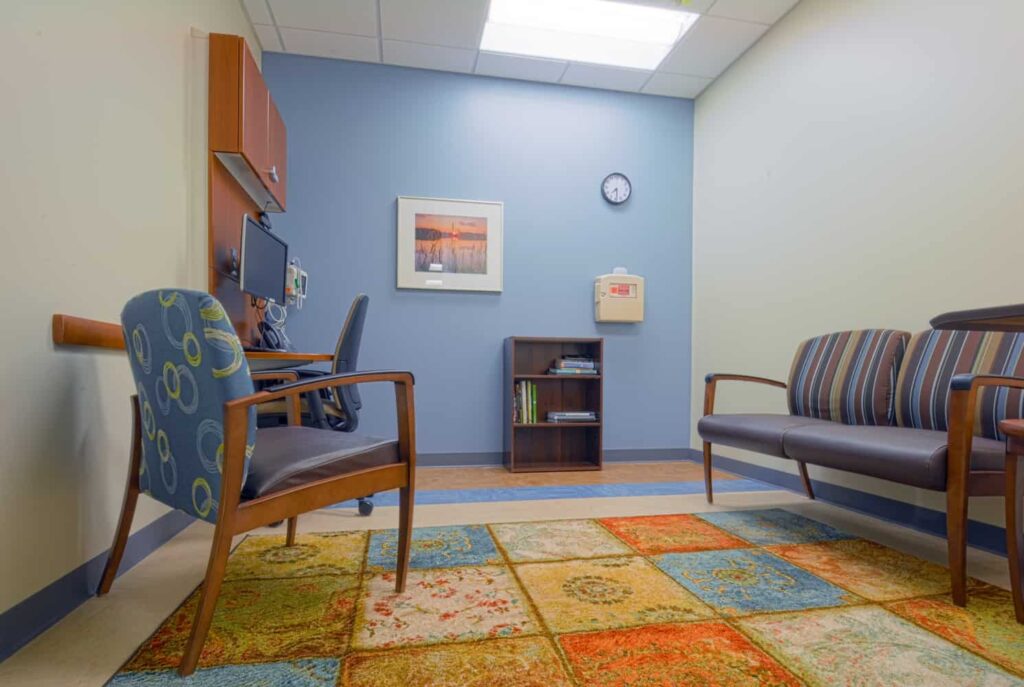Construction costs for most health care projects are often viewed through the lens of cost-per-square foot or cost-per-bed. The challenge with such views is that they may overlook the qualitative and effective strategies that could improve outcomes, reduce staff injuries, and change the way the community looks at mental health care. Changing the view to see costs through the lenses of operations, opportunities, and society, new valuations emerge to measure the investments in behavioral health spaces.
How and where we offer mental health care matters, but roadblocks exist. Organizations providing behavioral health care struggle with reimbursement rates, staff recruitment and retention, aging facilities, insufficient policies, lack of education about mental illness, and societal stigma. Finding the pathways to overcome these obstacles will not be done by any single entity; rather, it will be achieved by a larger community determined to invest in higher quality care for those with mental illness and for preventative care and well-being.








